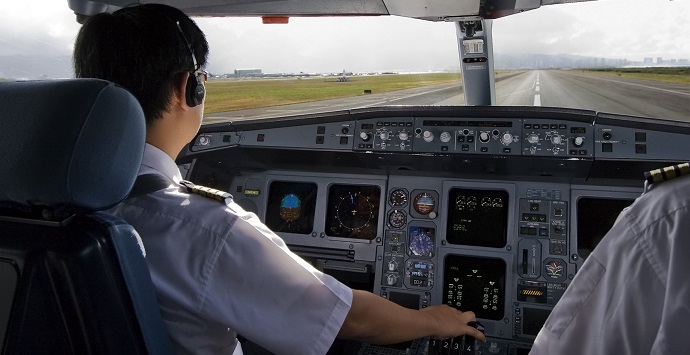Introduction to TAWS presented by Sofema Aviation Services (SAS) www.sassofia.com
What is the purpose of a Terrain Avoidance and Warning System (TAWS)
Essentially the purpose is to provide a safety net that automatically warns pilots when their aircraft is in potentially hazardous proximity to terrain.
EASA Requirement
Turbine-powered aeroplanes having an MCTOM of more than 5 700 kg or a MOPSC of more than nine shall be equipped with a TAWS that meets the requirements for Class A equipment as specified in an acceptable standard.
Introduction to the Information provided by TAWS
TAWS equipment is classified as:
- Class A systems which are required for all but the smallest commercial air transport aircraft,
- Class B systems are required by larger General Aviation (GA) aircraft and are recommended for smaller commercial or GA aircraft.
TAWS equipment provides the following functions:
- A Forward-Looking Terrain Avoidance (FLTA) function.
o The FLTA function looks ahead of the aircraft along and below its lateral and vertical flight path and provides suitable alerts if a potential controlled Flight into Terrain (CFIT) threat exists.
- A Premature Descent Alert (PDA) function.
o The DA function of the TAWS uses the aircraft’s current position and flight path information as determined from a suitable navigation source and airport database to determine if the aircraft is hazardously below the normal (typically 3 degrees) approach path for the nearest runway as defined by the alerting algorithm.
- An appropriate visual and aural discrete signal for both caution and warning alerts.
Note: Class A TAWS equipment must provide terrain information to be presented on a display system.
- Class A TAWS equipment must provide indications of imminent contact with the ground for the following conditions:
o Excessive Rates of Descent
o Excessive Closure Rate to Terrain
o Negative Climb Rate or Altitude Loss After Take-off
o Flight Into Terrain When Not in Landing Configuration
o Excessive downward deviation from an Instrument Landing System (ILS) glideslope, Localizer Performance and Vertical Guidance (LPV), or Global Navigation Satellite System (GNSS) Landing System (GLS) glide path.
o Voice callout “Five Hundred” when the airplane descends to 500 feet above the terrain or nearest runway elevation.
- Class B TAWS equipment must provide indications of imminent contact with the ground during the following aircraft operations:
o Excessive Rates of Descent
o Negative Climb Rate or Altitude Loss After Takeoff
o A voice callout “Five Hundred” when the airplane descends to 500 feet above the nearest runway elevation.
Next Steps
Follow this link to our Library to find & Download related documents for Free.
Sofema Aviation Services (SAS) and Sofema Online (SOL) provide Classroom, Webinar & Online Regulatory Compliant & Vocational Training Courses. If you are interested, please see the websites or email team@sassofia.com
Tags:
Forward-Looking Terrain Avoidance, TAWS equipment, Class B TAWS, Class A TAWS, Class B System, Class A System, Safety Net, PDA, Premature Descent Alert, FLTA, aviation, MCTOM, TAWS, Terrain Avoidance and Warning System, Pilot, SAS blogs, EASA requirement, Safety, aviation safety




